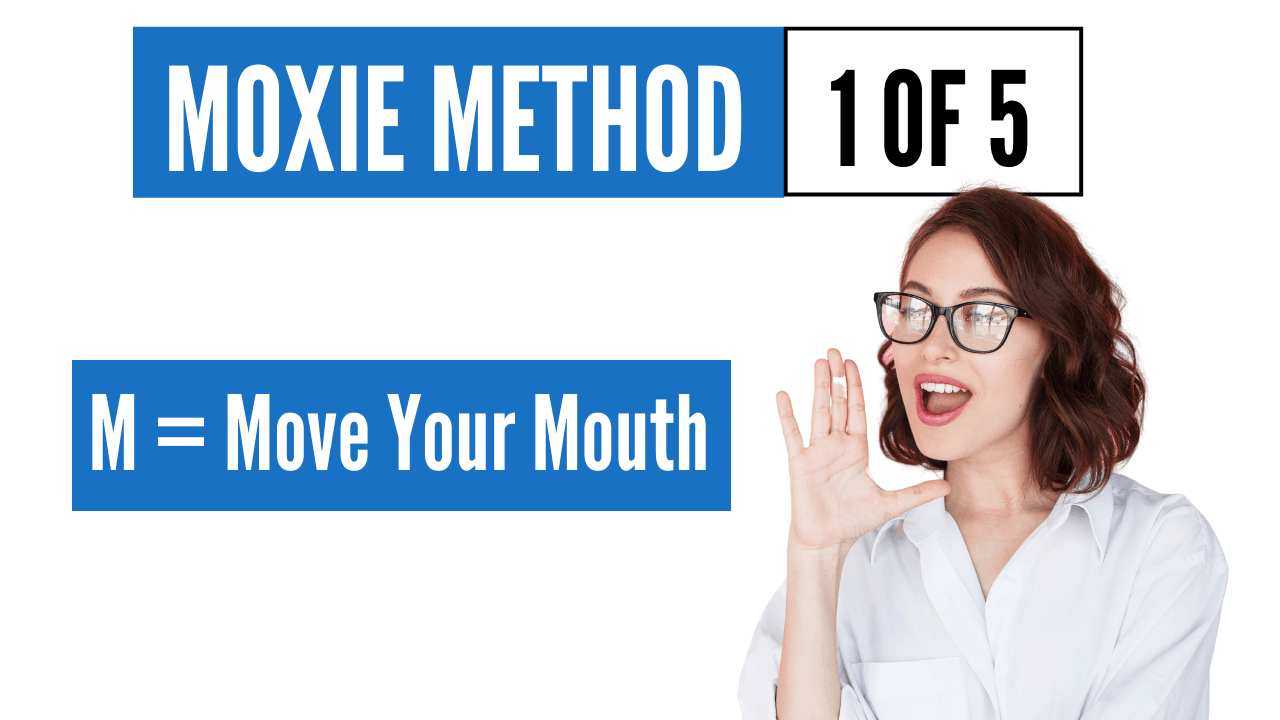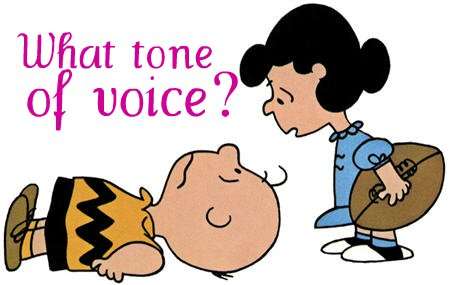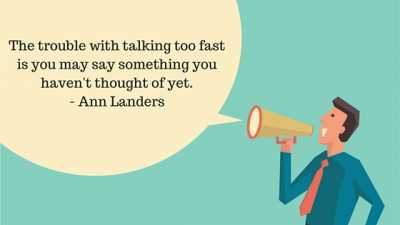PART 1
“M,” for “Move your mouth.”
Welcome to the MOXIE Method series which focuses on one of the most crucial parts of any presentation—the delivery. Having carefully crafted the content using the POWER Method and developing a slide deck that has impact with the STYLE Method, it’s time to work on your voice and give it some major gravitas.
Here’s what you have to look forward to:
Table of Contents
ToggleThe MOXIE Method
M = Move Your Mouth – Learn how to speak with executive presence using techniques for articulating your words. Not to mention the importance of using the ever terrifying concept of silent pauses.
O = Oxygenate – Stop. Breath. Find out how breathing can not only help you project your voice to reach the backseats but also temper those pre-speech butterflies and give you more control.
X = eXcite Your Audience – BAM! You show up and the audience comes to life. Knowing how to command the stage and move with confidence is a guaranteed way to demonstrate that you are an expert in your field worth listening to.
I = the It Factor – There is an art to rehearsing your presentation. Just saying it out loud a few times won’t cut it when the seats are full and all eyes on you. We cover the steps you should take to ensure you remember the important details while staying comfortable enough to speak from the heart.
E = Enjoy the Experience – You’re an expert. You’ve put in the hardwork to give a mind-blowing presentation—why would you not enjoy it? From using fear to fuel your excitement to visualizing the standing ovation you deserve, we cover how you can learn to love the spotlight.
Doesn’t Everyone Move Their Mouth When They Speak?
Yes, of course, usually—just not enough for clear, efficacious communication.
Move Your Mouth is the most hilariously obvious advice I give all my clients who take my public speaking training. MOVE YOUR MOUTH! I love this advice because it is such an easy change to make in vocal delivery that has a massive impact. It is as easy as opening your mouth wider and taller when you speak. Want to know how to project your voice? Want to sound clearer, more educated, and more professional?…Move Your Mouth.
And though speaking with clarity is, of course, a major benefit, moving your mouth is also crucial to leveraging the full dynamic of your talking voice. It’s a key factor in public speaking and any business presentation.To sound assertive, humorous, motivational, or even sympathetic, we rely on pitch, tone, volume, pacing, and enunciation. All by moving that jaw bone of ours.
Surely you’ve suffered through a presentation where a speaker assumes that their monotone makes them sound authoritative. Or intelligent… only to come off a far cry from David Attenborough. What did you remember from the message? Probably nothing more than that you wanted to be doing just about anything else!
That’s because dynamic vocalization piques our interest, sustains our attention—and makes for one heckova presentation!
Moving Your Mouth… A Great Business Move
Like your favorite public speakers, you can use vocal variety in business to inspire, engage, and motivate your audience, employees, clients and colleagues.
The most common reason people seek speaking and elocution lessons is because they lack confidence in their talking voice and presentation skills. That lack of confidences shows and absolutely impacts you in the office or on the stage. Practicing your enunciation can help you overcome any lack of confidence, as well as efficaciously engage whomever you’re speaking to, be it an individual or an auditorium. In the same way you energize your presentation to elevate it to the level of a performance, when you speak in person or in front of the camera, you need to tap into a larger-than-life element with your voice in order to captivate listeners.
You see, the most powerful vocal tool is an expressive voice. And expression comes from enunciation.
It’s always amazing for us to witness our clients’ transformation during public speaking trainings as they learn to implement key elements of vocal delivery.
Electrify Your Audience
However, our clients do have a lot in common with actors. Firstly, they know that nothing elicits emotion like the voice.
The sound waves that move past your lips carry magic in their wake.
The key is to suffuse the space with the sound of your voice. To do that, you need to do what all thespians and keynote public speakers perfect: moving your mouth.
Eloquent Speakers Enunciate
Our everyday speech tends to be lazy.
We slur our words, drop consonants, make “writing” and “riding” sound the same.
That’s fine at the pub, but perilous on stage. Make sure each word and syllable can be clearly heard. Move your mouth around each letter and syllable. At first it might feel like you’re exaggerating, but soon it’ll be second nature.
This will empower your professional presence, and allow you to be better understood, heard, and to appear more professional and confident in a variety of settings. Studies show that on an unconscious level, audiences register us as having nothing to hide when we open our mouths.
Your speaking voice should be authentic to you. However, the difference is a louder, clearer, more animated, and confident voice than you use in your everyday life and interactions, aka, your speaker persona.
Other tips to keep them listening:
1. Intone and Inflect – Then They Won’t Forget
The best radio DJs all have one thing in common: intoxicating inflection. They could read a government report with mystery and adventure in their voices.
Monotone voices (“Bueller, Bueller…”) will put your audience to sleep. That’s why you must use the range of human speech—the highs and lows, the fasts and slows—to keep them awake and engaged.
2. Powerfully Project to Earn Respect
Once you learn how to project your voice, it makes a world of difference. Adding volume and energy to your voice has three effects: it boosts your confidence, it reveals confidence to your listeners, and it helps them understand your words. Surround your audience with the dulcet sounds of your voice.
To make sure you don’t strain your vocal cords, project your voice from your diaphragm (in fact, that’s next up in our Public Speaking Training 101 series.)
3. Play with the Pace
Variety is the spice of speech. If the cadence of your words is too fast, too slow, or too predictable, you’re more likely to hear snoring than applause.
Mix it up. Delver some lines quickly, some lines slowly. (It helps when you’re writing your speech to vary the length and structure of your sentences, as I’ve done in this paragraph.)
We always recommend memorizing your speech if possible, but whether you’re reading or speaking from memory, don’t make it sound like a recitation. A keynote speech should flow as naturally as regular human speech, with all the variability that entails.
4. Practice the Power of the Pause
Slowing down and pausing helps you appear more powerful, allows the audience time to process information, and lets the impactfulness settle in. Trust in the silence and reflect, rather than jumping right in.
As a speaker, it’s incredibly important to overcome your fear of silence. When you pause, you may feel like you’re relinquishing power, but in reality you’re gaining power. Pausing shows the audience you’re comfortable, you deserve to be there, and you respect the interaction.
In fact, the easiest way to add variety is silence. Imagine how different John F. Kennedy’s Inaugural Address would have sounded if he’d jammed together its most famous line, “Ask not what your country can do for you, ask what you can do for your country.” The middle pause is crucial for the effect; “instead” or any sort of acceleration in the speech would have likely removed the line from the lexicons of immortal quotes.
Silence is every bit as powerful as speech. Use it to your advantage. Pause occasionally and allow your words to hang, to drift in the air. Your audience won’t remember the pause, but they’ll remember the phrase. Try adding pauses to this Dr. Seuss poem for effect:
“Be who you are and say how you feel,Because those who mind don’t matter,And those who matter don’t mind.”
5. Explore Emphasis and Change the Sentence
Tonality, if used strategically, will help the listener to focus on the most important parts of your message. It also lightens the processing load and helps the audience to understand what’s most crucial in your words. This is why effective speakers emphasize the most important words in their speech.Try saying this sentence. (Each time you say it, emphasize the next word in the sentence. Repeat this until you have emphasized each word in the sentence. How does emphasis change the sentence?)
“I can’t tell you not to go.”
By using emphasis, your tone can strengthen the message, rather than risking undermining the point you are trying to convey.
Action Items
Practice Your Persona – Developing your speaker persona takes time. Find what feels natural through practice. A wonderful way to practice and get feedback is to take a public speaking training course. Our favorite practice space is in the shower!
Mix It Up – Vary everything: your pitch, volume, cadence. It’ll keep your audience awake and maintain that feeling of electric anticipation.
Warm It Up – Spend a minute or two before your presentation loosening up your facial muscles and joints. Move your jaw in and out and around, make wild faces,buzz your lips. Diction lines like “Unique New York” and “Red Leather, Yellow Leather” are old actor standbys. And don’t forget the childhood favorites, like “Rubber baby buggy bumpers” or “She sells seashells down by the sea shore.”
Nothing happens in the world until someone gives it voice. Making deliberate choices with your voice will ensure that the messages you’re sending are the ones you intend.
Love it? Want more info along with additional vocal warm ups? Snag our Move Your Mouth Worksheet.
Still writing your speech? Check out our previous article, Public Speaking Training 101: Content and Preparation Before Your Speech.
Want ALL the info immediately? The ideas shared in this article are an excerpt from our Speak with Moxie e-book. To get the full action-packed book immediately at your fingertips, you can find it here.
Next week: O = Oxygenate
Breathing gives you life. It can also settle your nerves and help give your voice extra oomph—but only if you’re doing it right! The following step in the MOXIE Method will help you find out if you’ve been leaving yourself breathless during every speech.
TAKE THE FIRST STEP TO MASTER POWERFUL NEW SKILLS
Schedule an easy 30-minute call using our calendar. We’re here to help!

















